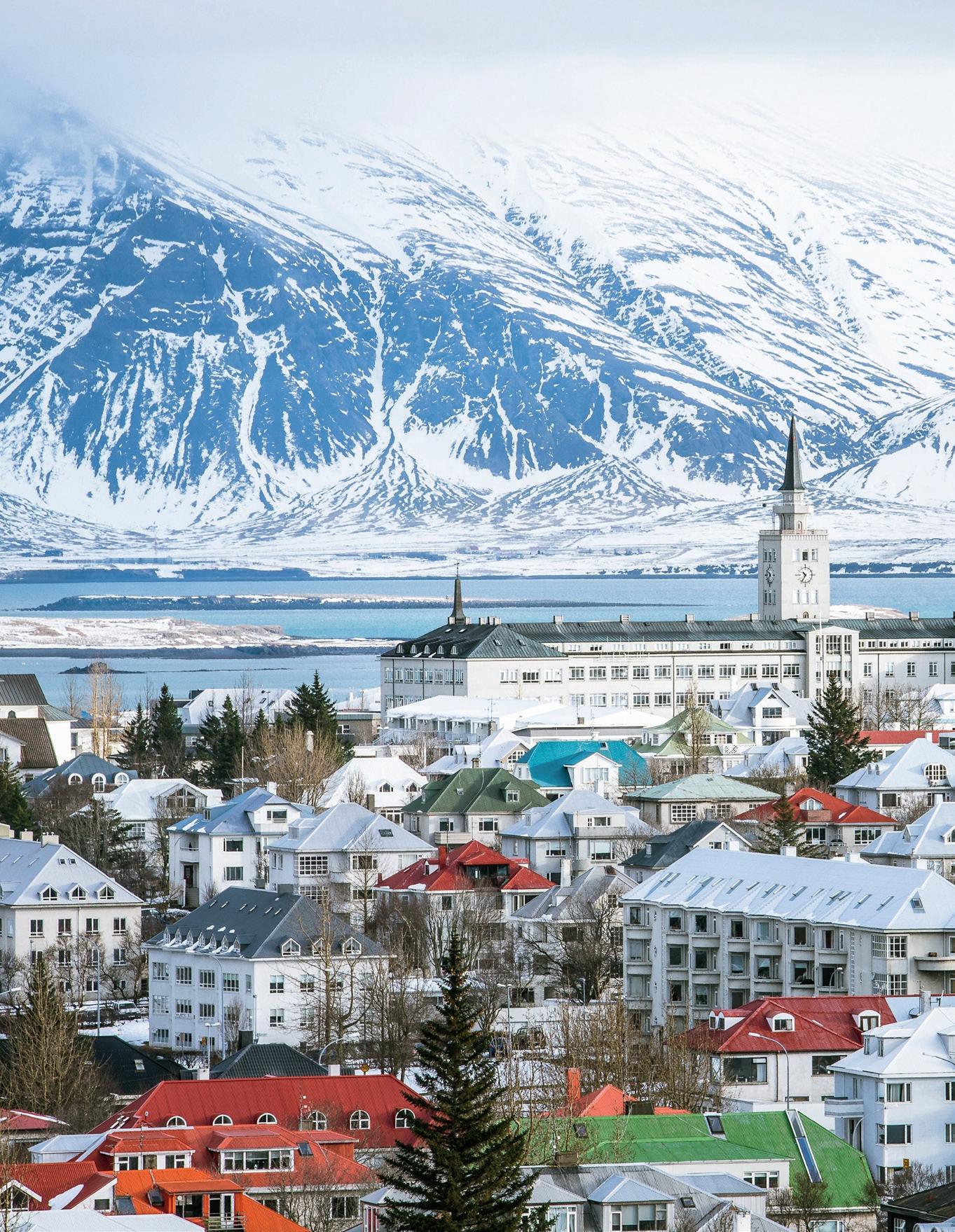
3 minute read
Biking back to the future
The COVID- 19 pandemic has helped promote bicycles as a means of transportation. Especially in France, where the bike has gained popularity. MOE will provide specialist knowledge on cycling infrastructure on two bicycle projects in France in Paris and Montpellier, respectively.
THEME
Advertisement
DESIGNING SOLUTIONS FOR A POSITIVE LIFE

In several major Danish cities there is continued focus on improving the infrastructure for cyclists. Better cycle paths, greener cycle routes and green-light paths ensure the optimal conditions for biking in cities, while it often makes it faster to get from a to b on two wheels rather than four.
The bicycle’s many advantages were made obvious, during the pandemic and it is also an extremely CO2-friendly means of transportation that promotes public health. The bike has existed for more than a hundred years and might now turn out to be the ticket to a healthy and sustainable future in all its simplicity.
The bicycle gains ground The bike’s many advantages are only realised if cyclists are allowed a fast and safe transit. As leading consultants in the field of cycle traffic, we have designed several cycle paths in Denmark and made use of MOE Tetraplan’s special expertise in terms of traffic planning at a strategic level. MOE now experiences an increased international demand of this consultancy expertise.
After the pandemic resulted in national lockdowns, several European cities implemented temporary cycle paths referred to as “corona lanes”. Fewer people wanted to expose themselves to the risk of infection by using public transport and this created a massive demand for individual transportation. For a time, the two-wheeled mode of transport was so popular that several bike shops ran out of bikes.
Export of Danish cycling culture Denmark is viewed as a source of inspiration because cycling, as a means of transport, is an established part of our culture and because we have long worked to favour cyclists in traffic. Head of Department in MOE Tetraplan, Jesper Lillelund, explains:
A simple thing such as the cycling lessons we offer in elementary school through which we require all children to learn how to bike are actually quite unique. This integrated part of our culture is part of our Danish identity and MOE has designed several cycle paths in Denmark. Additionally, we work with traffic planning from small intersections to grand-scale modulation of traffic flows.
Two French projects We have now gained the opportunity to export this extensive technical knowledge internationally. In France, cycle-friendly infrastructure is part of two projects which MOE Tetraplan is to help Artelia realise. In the south of France in Montpellier, Artelia is consultant on a large project concerning Bus Rapid Transit. Here, they need to work out solutions for a road with several intersections on which public buses will be prioritised and arrive quicker. The new infrastructure requires consideration of cyclists and this is where MOE’s expertise comes in.
On the prominent station Gare du Nord, in Paris, we will help plan bicycle parking in the shape of an integrated, automatic bicycle parking tower with room for 1,200 bikes. Using our knowledge and tools, we will help plan for accessibility and the infrastructure in getting to and from the tower, as well as several specific designs to create favourable conditions for cyclists.
We focus on behaviour MOE Tetraplan has access to large amounts of data and knowledge regarding cyclist’s behaviour on which we base our work. This is far from the case in France, where they do not have the same tradition for cycling. This is a key element for the potential export of our competencies. As Jesper points out, we use our large experience from working with cycling in Copenhagen where, for example, 40,000 cyclists pass one of the central streets on a daily basis. Numbers that sound unbelievable to a French person.
We work with cyclists’ behaviour from a cognitive perspective. We focus on how cyclists think, and what makes sense to them logically. This approach helps us avoid constructing a complicated net of bicycle paths which no cyclist will actually want to use. We have gradually accumulated a great amount of knowledge about how cyclists behave and move in traffic, and it is this knowledge which we make use of on these particular projects in France.
Jesper Lillelund Head of Department MOE Tetraplan Copenhagen
Gare du Nord in Paris © Paul Fleury











